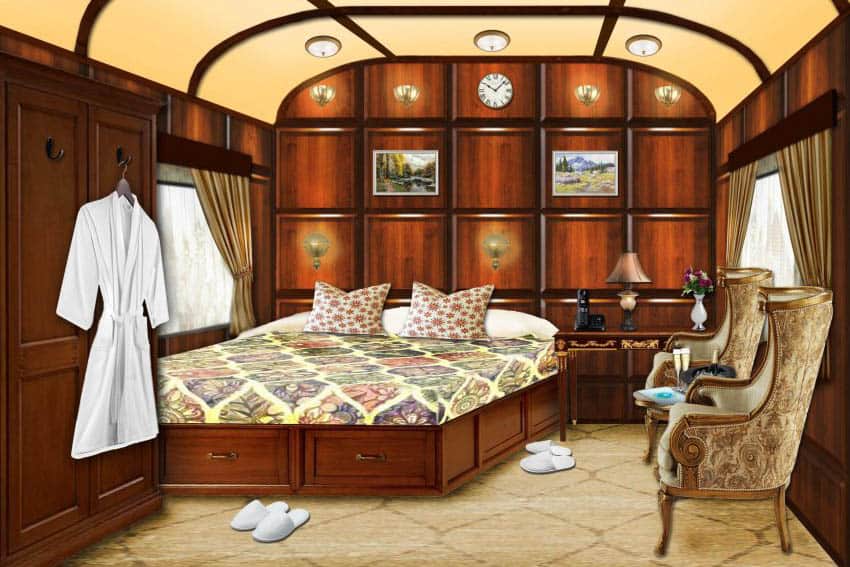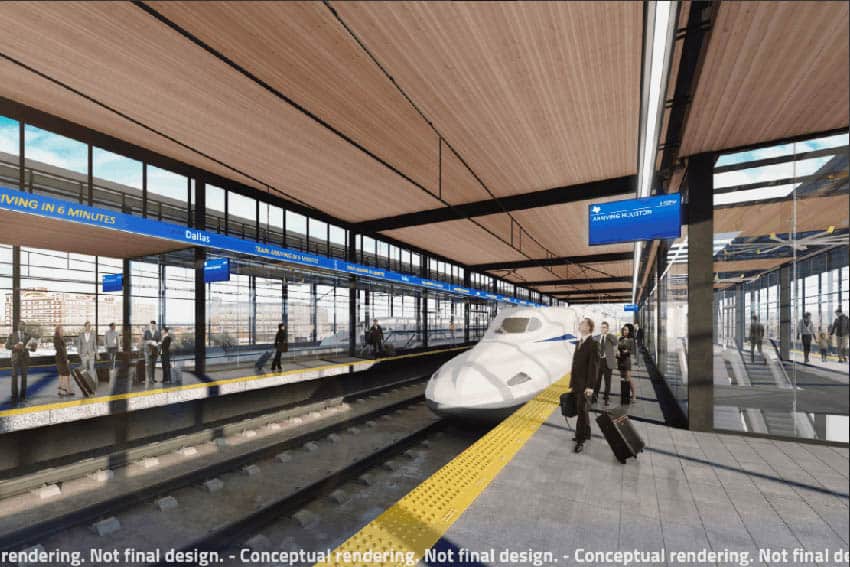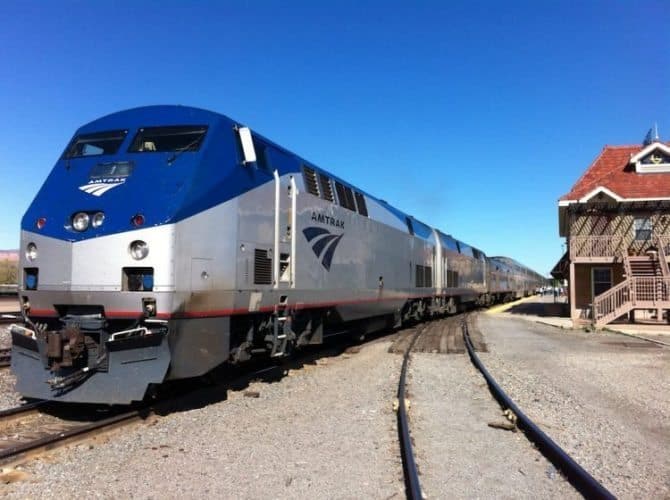

Traversing this World on the Rails That Connect our Cities and Coasts
By Luke Dowley
Tom Zoellner’s book Train: Riding the Rails That Created the Modern World – From the Trans-Siberian to the Southwest Chief describes the authors adventure across the country and the world using the rails that in years past connected coasts, industrialized lands, and prompted growth and economic prosperity. His first hand accounts give the reader insight into the lost glory that once surrounded the world of train travel, and the beauty that has withheld the test of time.
Zoellner’s adventures range from coasting through plains in India to winding through the Andes in South America. Each story highlights how the train system has changed since the height of train travel, and exposes some unique cultures that can be found while rattling along the railway.
The New York Times called Zoellner’s book “an engaging attempt to recapture the power and poetry of train travel.” Train: Riding the Rails that Created the Modern World – From the Trans-Siberian to the Southwest Chief is sure to keep you engaged and inspire you board a Train adventure of your own.
An excerpt from Train
Two nights later the Cardinal chuffed up at the Charleston station an hour behind schedule. I shoved the last of my pasta dinner at Laury’s into a Styrofoam carton, paid the bill in a hurry and scrambled onto the train with about ten seconds to spare — only to get immediately shooed out of the club car by an irritated steward, though it wasn’t quite closing time. He just wanted to go to bed.
I tried to feel a little sympathy. Amtrak service employees are lucky if they can catch three solid hours of sleep a night. I retreated into the rear coach and found a window seat next to a thin lipped man wearing sunglasses, looking a bit like the wanted poster for D.B. Cooper.
He gave one-word answers to my questions, though he smiled and shook his head when I offered him one of Amtrak’s small pillows, covered in a synthetic-crinoline slip. I rested my head against the glass and watched the old chemical plants of the Kanawha Valley, lit up like war monuments. This acrid region was at its apex in the fifties, but some money was still left here in the business of pesticides, caustics, solvents and plastics.

The smeary red-and-yellow lights of a Quick Mart store hurtled past, and the brief sight made me homesick in a way I couldn’t name. I closed my eyes until we got to huntington, West Virginia, the river city named for Collis P. Huntington, the California entrepreneur who had been a director of the corrupt old Central Pacific and also controlled the C&O in the 1870s when he built a massive division point here and named it for himself.
The Cardinal swayed and rocked at about ten miles an hour crossing what seemed like an island sea of parallel tracks, all glistening in the light from the high stalks of security lamps. This was a huge classification yard for coal, and nearly deserted.
Beyond it was a courthouse and a radio antenna blinking reassuringly in cherry red. All is well. All is well. Then we were back into a patch of woods, and it felt like a scene from World War II, a sooty forest in central Europe, where uniformed guards with Same Browne belts and vicious dogs were lurking nearby, waiting to demand passports and drag away the unlucky.
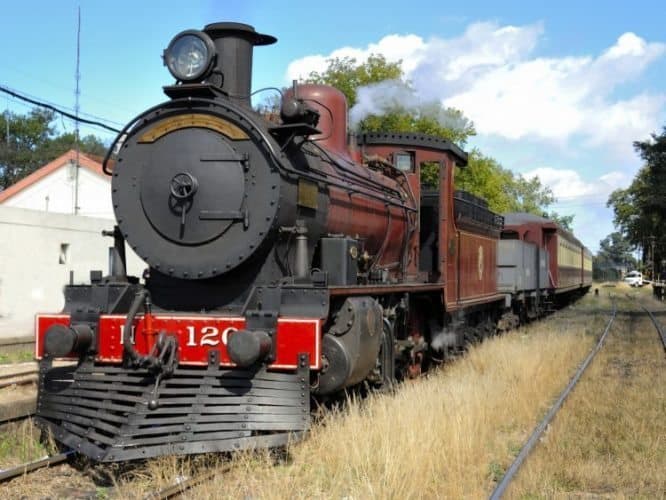
The Forest of darkened sycamore trees opened up into a vista of the plain of the Ohio River, this wide and depressed tar-papered spine of a younger America. Coal barges were still sending their carbon loads downriver to utilities that used Mississippi water for coolant.
This was not the border of wartime Germany, it was the border of Ohio, but going over felt like a significant crossing nonetheless. I watched little farming towns pass by in the silent of the night before I gave up, inserted earplugs and popped a sleeping pill that I’d tucked into the watch pocket of my jeans
By the time we got to Cincinnati, I was fast asleep, and when I awoke, Indiana was showing itself off in a rolling portrait of pin-neat barns and square fields, the very picture of American probity and cleanliness, as if in direct rebuke to the demonic chemical scenes of the night before.
Oh, traveler, this is where you want to be, the farms seemed to announce, though their fields were all sprayed with ammonium nitrate and potassium. This is the heart of the country.
I squinted at the D. B. Cooper look-alike. He was still in his sunglasses and overcoat and staring ahead motionlessly; it was impossible to tell if he was awake.
Woozy and nearly thrown off balance by the sea motion of the cars, I stepped over him carefully on the way to the club car for a cup of coffee. But I was awake enough to imitate the mariner’s walk I’d seen Amtrak conductors make during rough stretches: extend the feet slightly outward, spread the legs a little more and walk like a penguin.
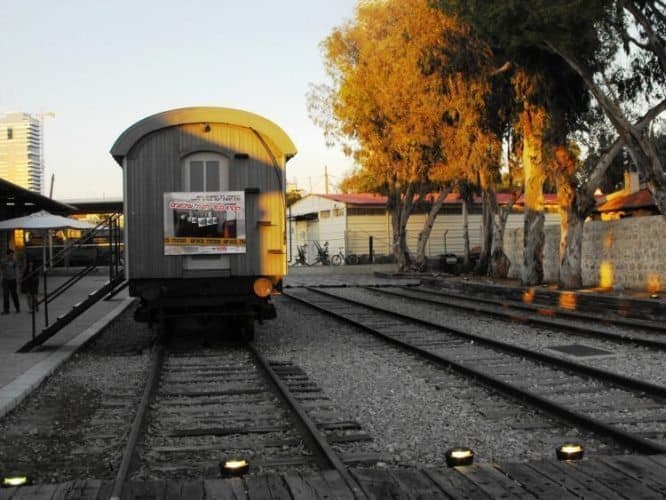
In a blue vinyl booth was a young man with a resolute beard and a bare upper lip. A fat pen was clipped to his white shirt, which had sparkly buttons with purple glitter. He was wearing a black coat, the usual garb for Anabaptists, and his hair was curled in a loose pageboy.
The Plain People
Trains through Pennsylvania or the Midwest are almost always carrying at least a few families from the various sects of Amish, the “Plain People,” believers in a renegade form of Protestantism who settled in America in the eighteenth and nineteenth centuries. None of them are left in Europe.
They can be courteous to outsiders, though they stay mostly on their guard when in public. I said hello, and he offered it back, His name was Noah, a freelance carpenter, and he was traveling with his wife to see relatives in Nebraska, wish a stopover in Chicago.
“I don’t like cities,” he said with a shy smile. He had a thick voice, accented with some sludgy German.
“Tell me something. I’m honestly curious. I know that Amish tend to avoid technology. You ride in horse buggies and no phones. But why are trains ok?”
“Oh trains are ok. We can even ride in cars. We just don’t own them.”
“Why do you choose the train?”
“It’s cheaper than paying someone to take us to Nebraska.”
That seemed hard to argue, and he wasn’t inclined to offer any elaboration. We sat in companionable silence as morning Indiana gleamed around us. Noah went back to his reading, which was a pulp stock magazine called Olden Says, with a mailing sticker on it. He was absorbed in a short story called “Tom Swift and His Electric Rifle.”
Across the aisle a man sat wit his laptop open, a flash drive plugged into its side. His young son sat on his lap. The Browser page was set to an Amtrak route map, in which the father was trying to inspire some interest.
“Chicago,” he said pointing. “See that? Chicago.”
“I don’t want to go there,” said the boy.
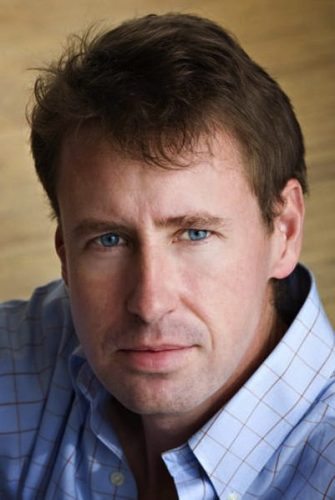
Tom Zoellner grew up in Tucson, Arizona and graduated with a B.A. in history and English from Lawrence University. He has written four other books in addition to Train, including The Heartless Stone: A journey Through the World of Diamonds, Deceit and Desire and An Ordinary Man, the biography of Paul Rusesabagina, a New York Times best seller, whose story was later captured in the dramatic film Hotel Rwanda. Zoellner now works as a professor of English at Chapman University and lives in LA
Buy this book on Amazon Train by Tom Zoellner
- These 9 U.S. National Parks Require Reservations in 2024 - April 17, 2024
- Take a Hike in Olympic National Park - April 17, 2024
- The Wild Mississippi: 2340 Miles Across Ten States - April 8, 2024




